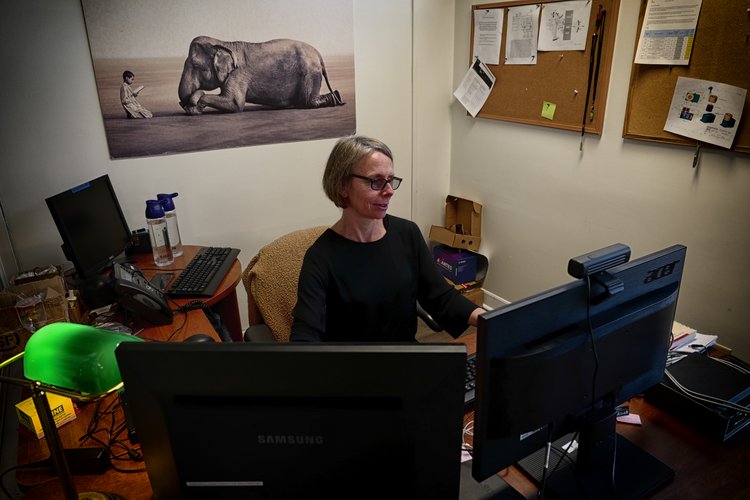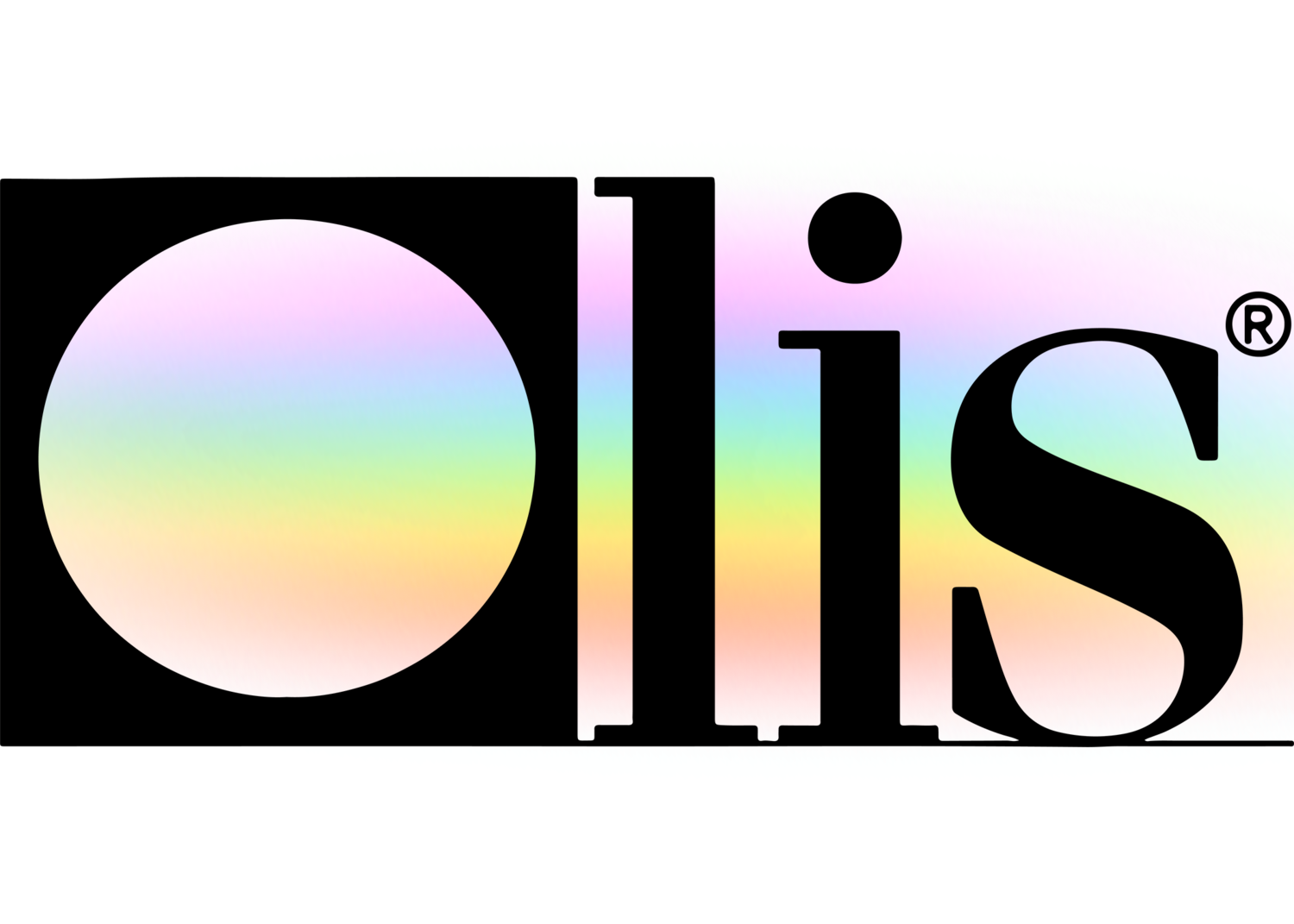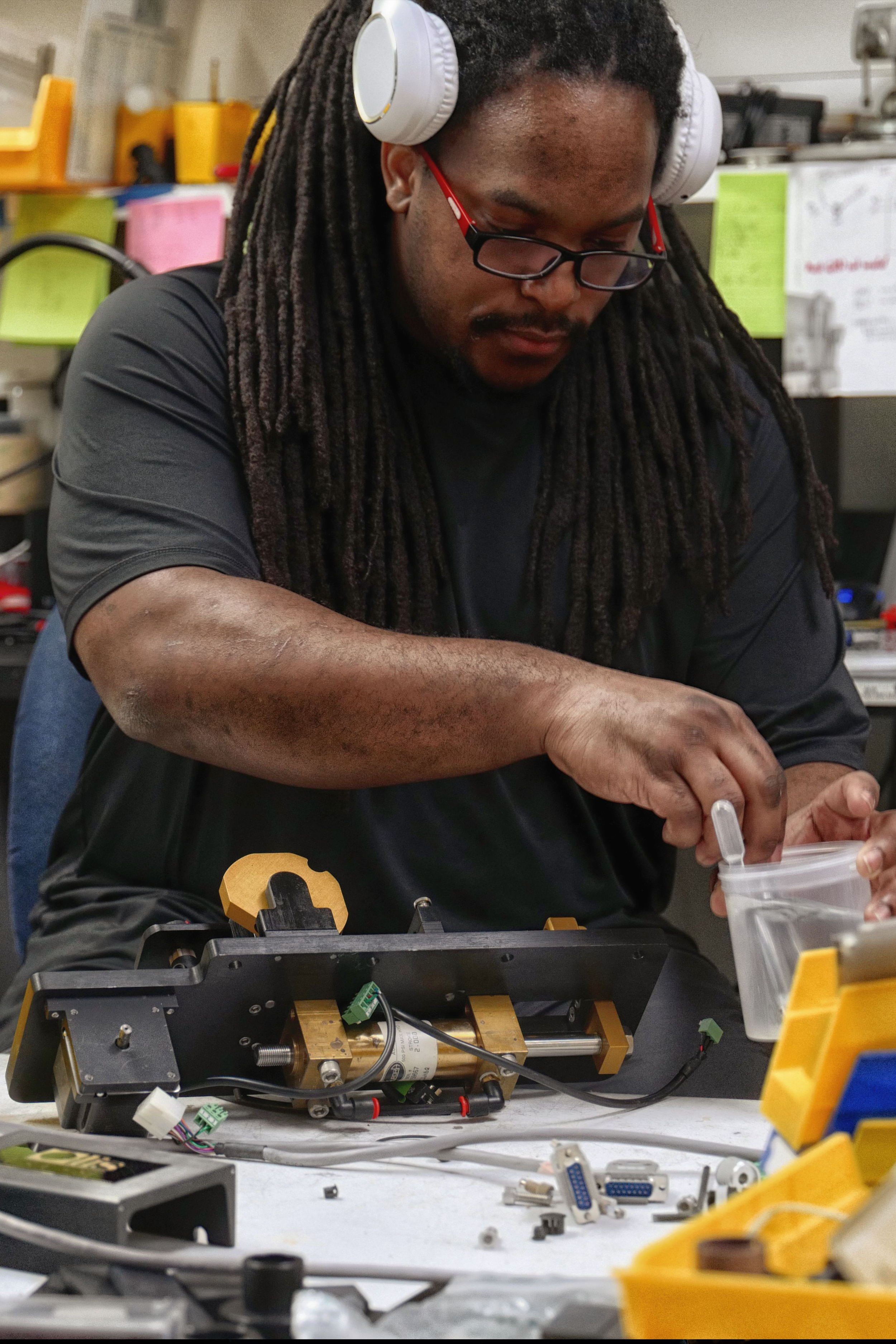Uv/vis Things To Know Before You Buy
Uv/vis Things To Know Before You Buy
Blog Article
Some Ideas on Spectrophotometers You Should Know
Table of ContentsThe Best Guide To SpectrophotometersRumored Buzz on Circular DichroismThe Buzz on Uv/vis/nirThe Greatest Guide To SpectrophotometersSpectrophotometers for Dummies

Spectrophotometry is a tool that hinges on the quantitative analysis of molecules depending on how much light is soaked up by colored substances.
Some Known Facts About Circularly Polarized Luminescence.
A spectrophotometer is commonly used for the measurement of transmittance or reflectance of options, transparent or nontransparent solids, such as polished glass, or gases. Many biochemicals are colored, as in, they absorb visible light and therefore can be determined by colorimetric procedures, even colorless biochemicals can often be converted to colored compounds appropriate for chromogenic color-forming responses to yield substances ideal for colorimetric analysis.: 65 However, they can likewise be created to measure the diffusivity on any of the noted light varieties that normally cover around 2002500 nm using different controls and calibrations.
An example of an experiment in which spectrophotometry is utilized is the decision of the stability constant of a solution. A certain chemical reaction within a service may happen in a forward and reverse direction, where reactants form items and items break down into reactants. Eventually, this chemical response will reach a point of balance called a balance point.
The Main Principles Of Circular Dichroism
The quantity of light that travels through the option is indicative of the concentration of certain chemicals that do not enable light to travel through. The absorption of light is due to the interaction of light with the electronic and vibrational modes of particles. Each type of molecule has a private set of energy levels connected with the makeup of its chemical bonds and nuclei and therefore will take in light of particular wavelengths, or energies, resulting in distinct spectral homes.
The usage of spectrophotometers covers various clinical fields, such as physics, Recommended Reading materials science, chemistry, biochemistry. circularly polarized luminescence, chemical engineering, and molecular biology. They are widely used in numerous markets including semiconductors, laser and optical manufacturing, printing and forensic examination, in addition to in laboratories for the research study of chemical substances. Spectrophotometry is often utilized in measurements of enzyme activities, determinations of protein concentrations, determinations of enzymatic kinetic constants, and measurements of ligand binding reactions.: 65 Eventually, a spectrophotometer is able to figure out, depending on the control or calibration, what substances exist in a target and exactly how much through estimations of observed wavelengths.
This would come as an option to the formerly created spectrophotometers which were unable to soak up the ultraviolet properly.
Uv/vis Can Be Fun For Everyone
It would be found that this did not offer acceptable outcomes, therefore in Design B, there was a shift from a glass to a quartz prism which permitted for better absorbance outcomes - circular dichroism (https://linktr.ee/olisclarity1). From there, Design C was born with a change to the wavelength resolution which wound up having 3 systems of it produced
It irradiates the sample with polychromatic light which the sample takes in depending on its properties. It is transmitted back by grating the photodiode variety which finds the wavelength region of the spectrum. Ever since, the development and implementation of spectrophotometry devices has actually increased immensely and has actually turned into one of the most innovative instruments of our time.

The 20-Second Trick For Uv/vis/nir
The grating can either be movable or repaired.
In such systems, the grating is repaired and the strength of each wavelength of light is determined by a various detector in the array. When making transmission measurements, the spectrophotometer quantitatively compares the fraction of light that passes through a recommendation option and a test option, then digitally compares the strengths of the 2 signals and computes the portion of transmission of the sample compared to the recommendation requirement.

Report this page